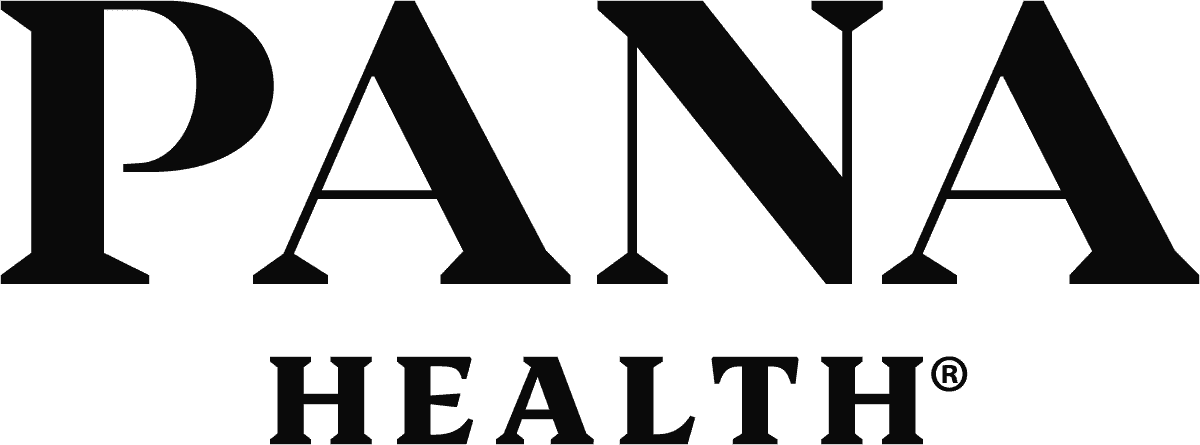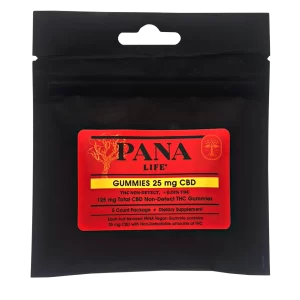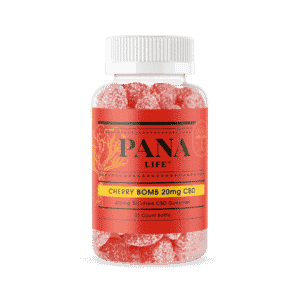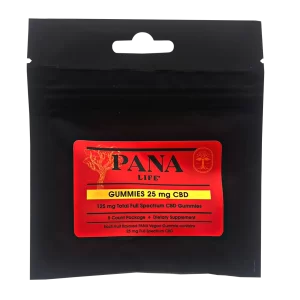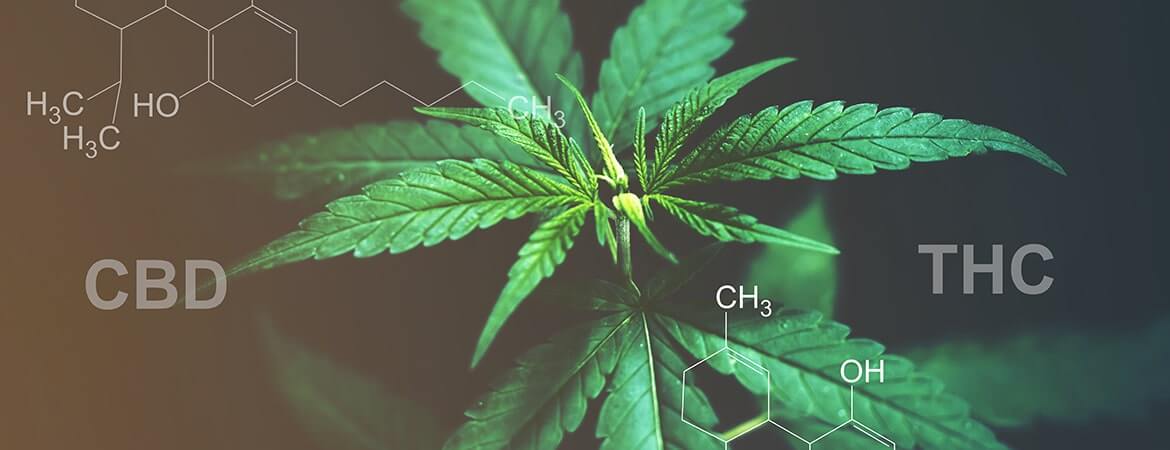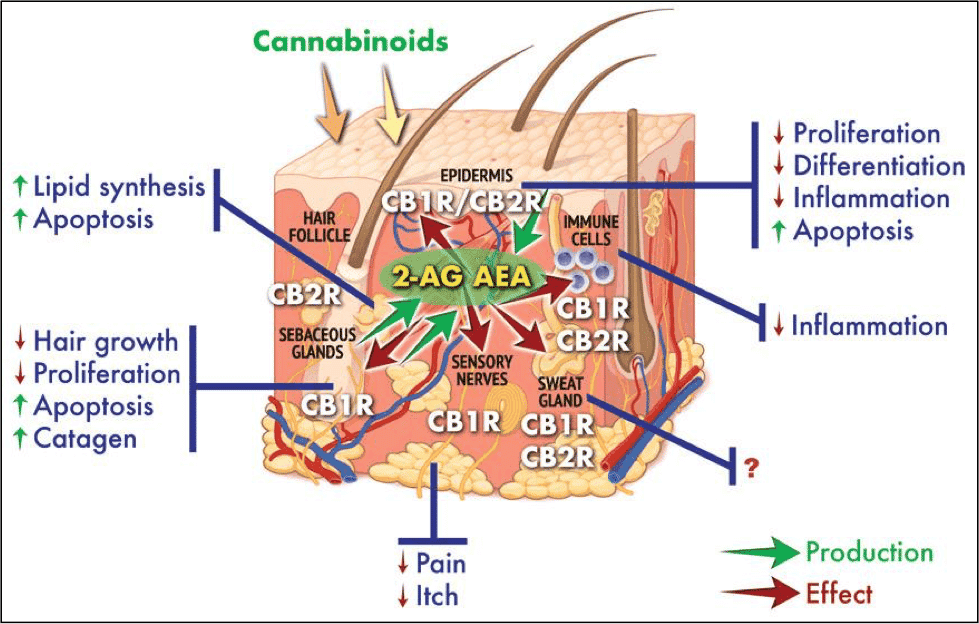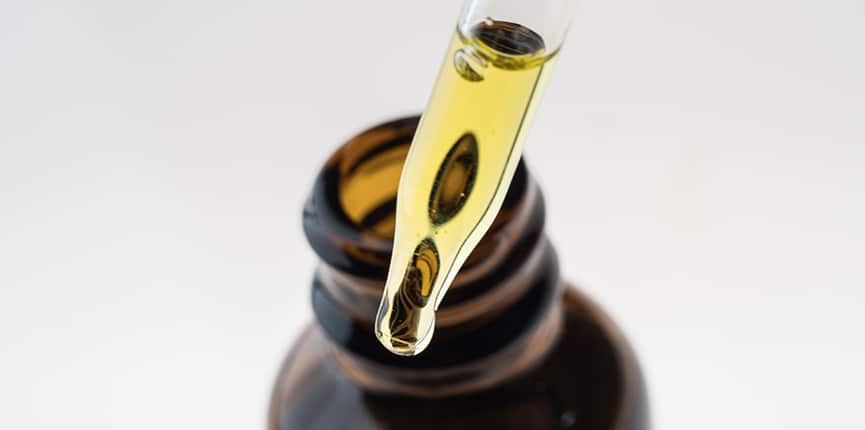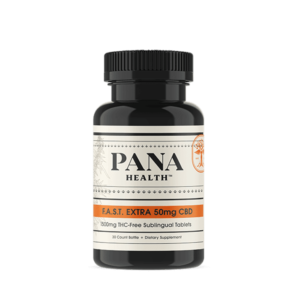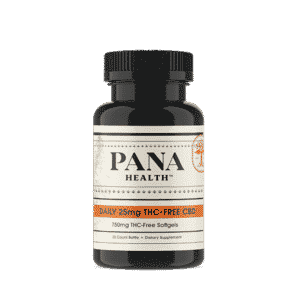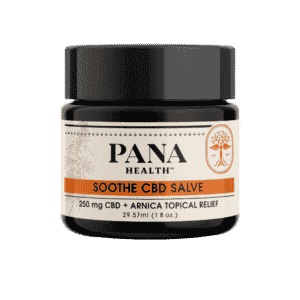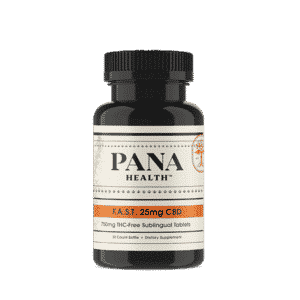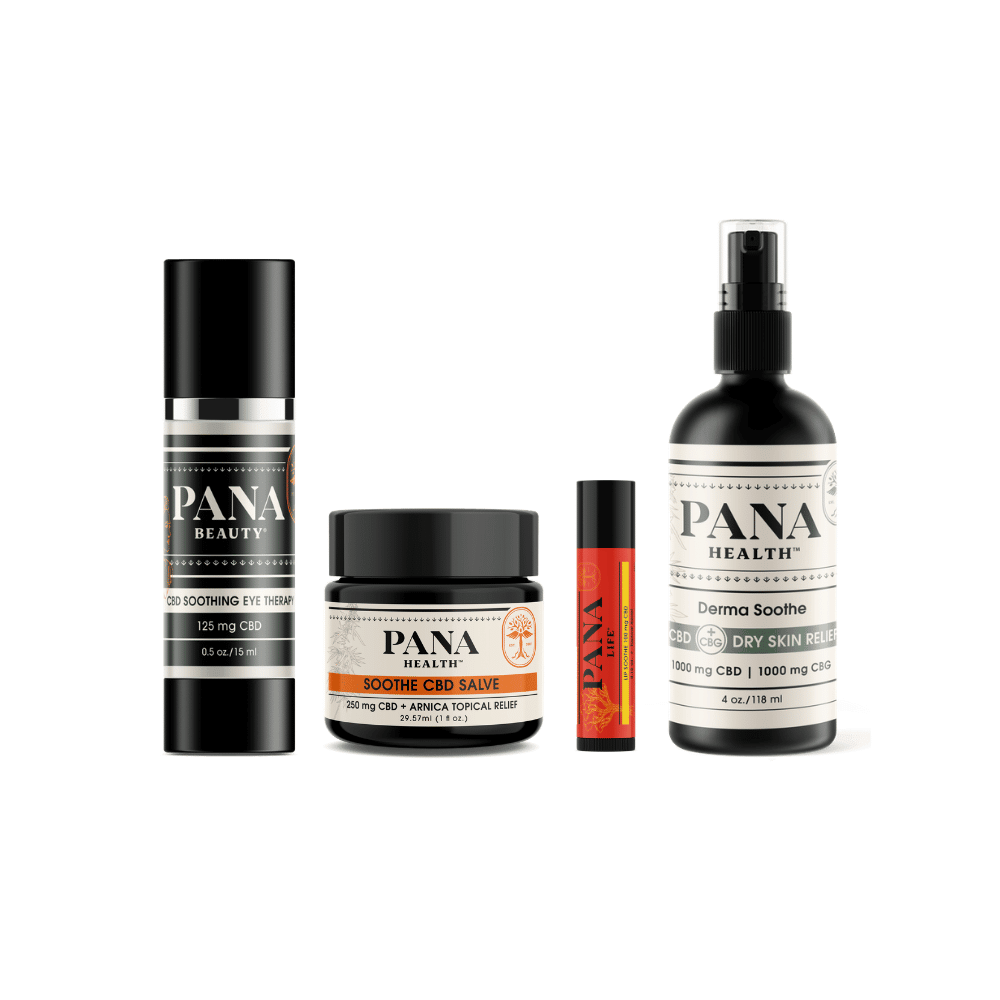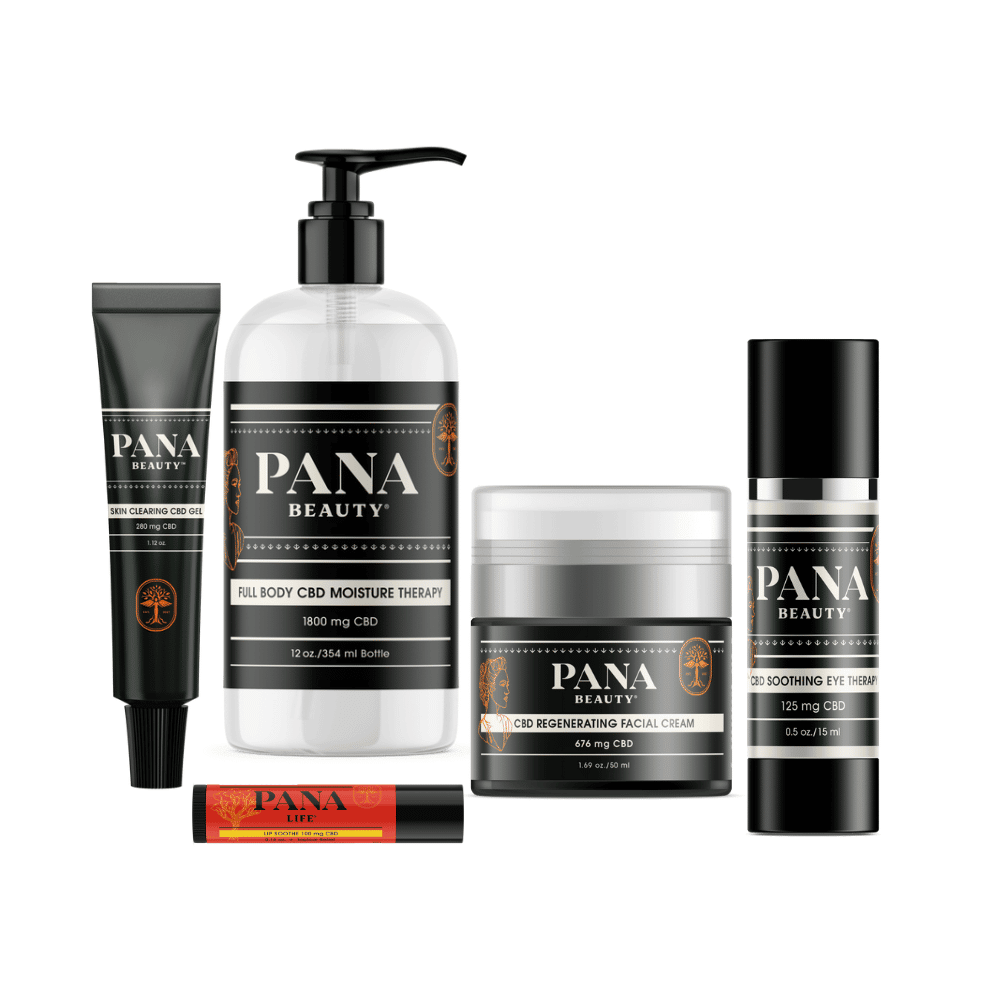Cannabidiol (CBD) is an ever-increasingly popular ingredient in the area of holistic products. This cannabis-derivative has been gaining fame and use throughout the United States. There are a few reasons for this. But one of them is that CBD is easily mixed in with food and drinks, making CBD edibles. If you are new to CBD, these may be an excellent introduction, but it is understandable to have some questions. For instance, if CBD comes from cannabis, will it taste like the plant? Let’s explore that idea together.
What is CBD?
Let’s start simply by defining CBD first.
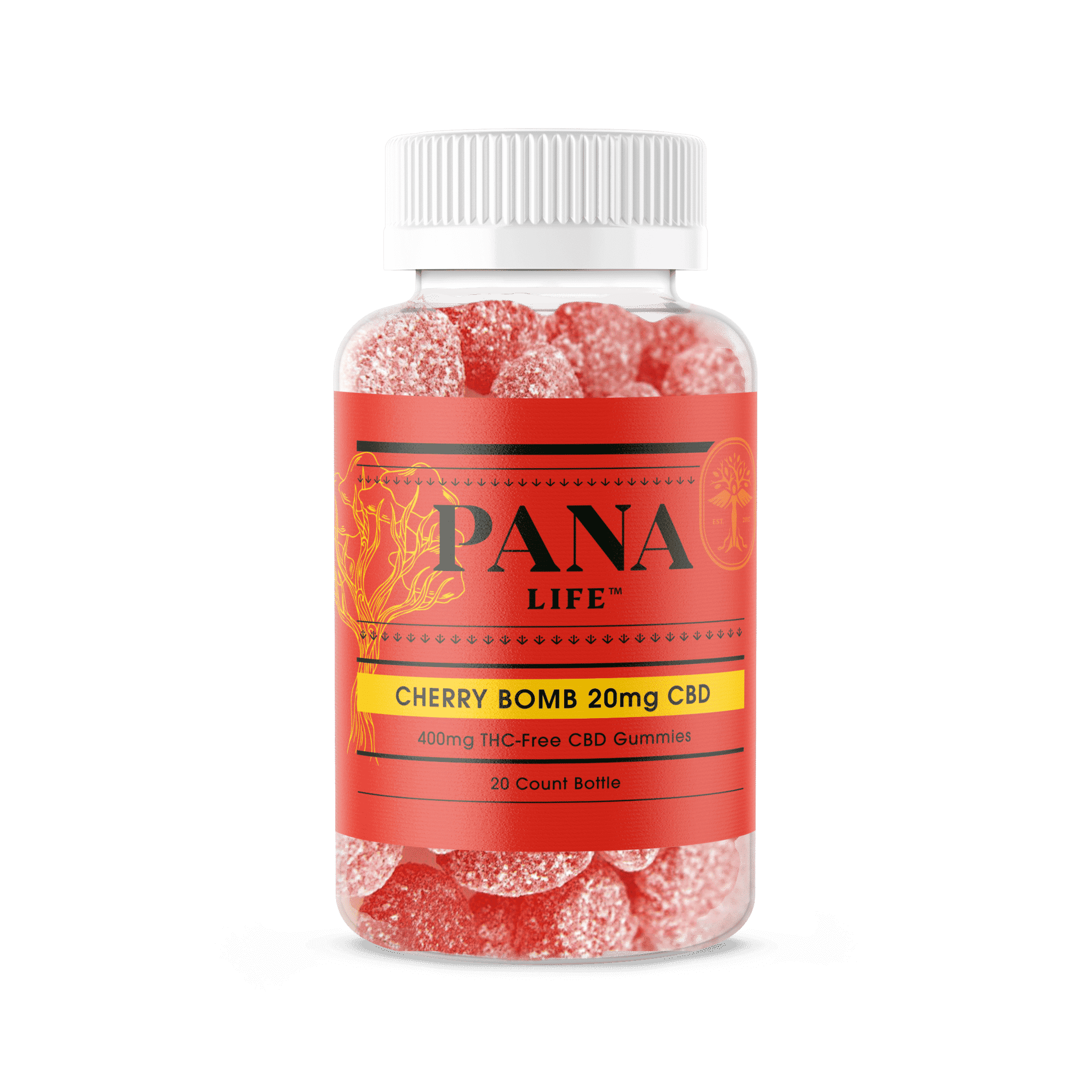
Cannabis plants, like hemp and marijuana, contain chemical compounds known as cannabinoids. These compounds are very diverse, with over 113 different ones that researchers have identified so far. CBD is one of these compounds. While it is one of the more famous cannabinoids, there is another that is even more well-known. That would be tetrahydrocannabinol (THC).
THC’s fame comes mainly from its effect on those who use it. THC is the psychoactive component. That means that it creates an inebriating high that is often thought of in junction with cannabis. It is not uncommon for people to misunderstand and conflate CBD and THC, thinking that because they are both cannabinoids and are both found in cannabis, they are both psychoactive. However, CBD is not psychoactive at all. It does not give any sort of high or inebriation.
Manufacturers of CBD products usually extract the CBD from hemp rather than marijuana, although it is found in both variations of cannabis. There are a couple of reasons for this. One of the main ones is legality. Hemp was officially legalized in the United States in 2018 by the Farm Bill. This is a bill that regulates everything to do with agriculture, including what farmers can and cannot grow and sell. Every five years, it is reviewed, updated, and passed again. That year the bill included a provision that legalized hemp for farmers to grow and sell (with limits in some states). On the other hand, marijuana is still illegal in most countries, with some that have legalized it either for medical or recreational use.
Another reason why CBD companies prefer hemp is accessibility. Hemp has high CBD levels and low THC (less than 0.3% to be exact). Meanwhile, marijuana has high levels of THC and varying degrees of CBD. So, it is easy to see why hemp is preferable.
Now that readers have a good idea of what CBD is and where it comes from, let’s talk about CBD edibles.
What do CBD edibles taste like?
This all depends on what kind of edibles you are taking. Usually, they taste like whatever food they are made out of. However, some might have a little bit of an earthy hemp taste to them. If that is something that you would either like to avoid or actively seek out, let’s talk about what to look for.
Let’s start by defining a couple of different kinds of CBD. There are three main types of extract: full-spectrum, broad-spectrum, and CBD isolate. Full and broad spectrums are more likely to have more of the earthy hemp flavor because they still have a specific kind of cannabinoid known as terpenes. They are the cannabinoids that give cannabis plants their distinctive flavor. CBD isolate just CBD with nothing else. As a result, that form of the extract is flavorless. So, CBD edibles with a full or broad-spectrum are more likely to have a hemp flavor, whereas edibles with CBD isolate will not.
It also depends on the kind of food that the edible is. If it is a food with a more robust natural flavor, it is more likely to overpower the hemp flavor. If it is something with a more subtle flavor, you may still get a bit of that hemp taste.
What is the correct amount of CBD for me?
This is a common question, but that does not make it an easy one the answer. This is because there is no smooth formula for figuring out the right amount of CBD for everyone. While there does appear to be a link with weight, age, and genetics, that is not always a guarantee in choosing the right amount of CBD. Some people need high levels of CBD to get their desired effect, while others only need a little. So, to give you an idea of how much CBD to take, let’s start by laying out what to expect if you take too much.
In general, CBD is considered safe. However, that does not mean that it does not have any side effects. They generally consist of things like nausea, fatigue, and dizziness. While these are not life-threatening, they are not fun and not something you should have to deal with. These side effects are usually associated with taking too much of the cannabinoid. As a result, they are reasonably easy to avoid as long as you are taking the right amount. So, how exactly should you go about figuring out that amount?
The best way to figure out how much CBD you should be taking is by starting slow. Start with as small as an amount as possible. What a little while and see how it sits with you. This aspect is especially crucial with edibles as they require the food to digest before the CBD can start working. Once an appropriate amount of time has passed and you are still not experiencing your desired effect, but are not having any adverse side effects either, then you can up the amount you take. Increase it only in small increments. The lowest amount that gives you the desired result without adverse side effects is the right amount for you.
It is important to remember that CBD does not always mix well with medications. Some do not work as actively or stop working entirely, when in the presence of CBD. If you are interested in using CBD but are currently taking medication, it is best to discuss it first with your healthcare provider. They should know how the CBD will sit with your medicine.
CBD edibles are among the most popular ways to take CBD out there, and there is a good reason for this. But it is always good to know what exactly to expect from what you are buying. Hopefully, this article has given you a more unobstructed view; if you have any unanswered questions, feel free to contact us by emailing [email protected].

